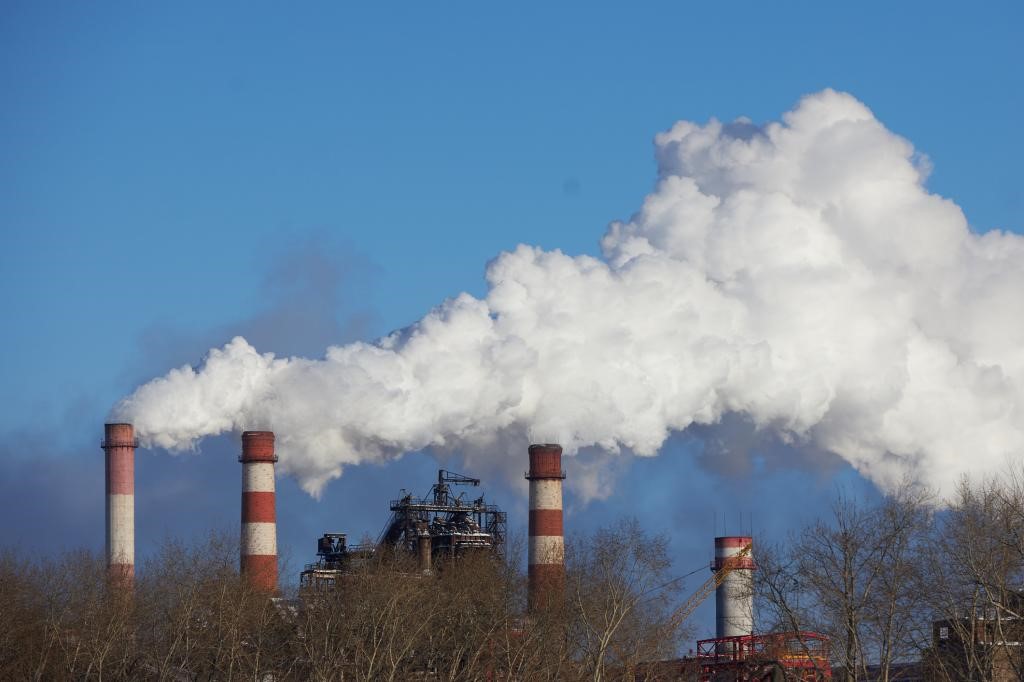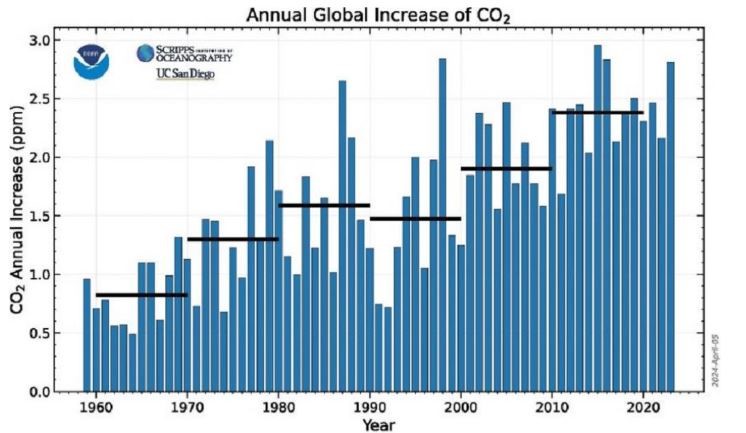Free Courses Sale ends Soon, Get It Now


Free Courses Sale ends Soon, Get It Now



Disclaimer: Copyright infringement not intended.
Context
Details of the findings
|
Note: El Nino and La Nina are the warm and cool phases of a recurring climate pattern across the tropical Pacific called the El Nino-Southern Oscillation, or “ENSO”. The world transitioned from a three-year run of El Nino to La Nina in 2023. |

Findings of other reports
Why is this concerning?
|
ENSO, El Niño, La Niña ●The ENSO cycle refers to the coherent and sometimes very strong year-to-year variations in sea-surface temperatures, rainfall, surface air pressure, and atmospheric circulation that occur across the equatorial Pacific Ocean. ●El Niño refers to the above-average sea-surface temperatures that periodically develop across the east-central equatorial Pacific. It represents the warm phase of the ENSO cycle. ●La Niña refers to the periodic cooling of sea-surface temperatures across the east-central equatorial Pacific. It represents the cold phase of the ENSO cycle. Why do El Nino and La Nina Occur? ●El Nino and La Nina are naturally occurring phenomena that result from interactions between the ocean surface and the atmosphere over the tropical Pacific. Changes in the ocean surface temperatures affect tropical rainfall patterns and atmospheric winds over the Pacific Ocean, which in turn impact the ocean temperatures and currents. The El Nino and La Nina-related patterns of tropical rainfall cause changes in the weather patterns around the globe as seen in the diagram to the right. ●El Nino and La Nina episodes typically occur every 3-5 years.
|
|
PRACTICE QUESTION Q.Consider the following statements about “El Nino and La Nina”
How many of the above statements is/are correct?
Answer: A |
© 2024 iasgyan. All right reserved